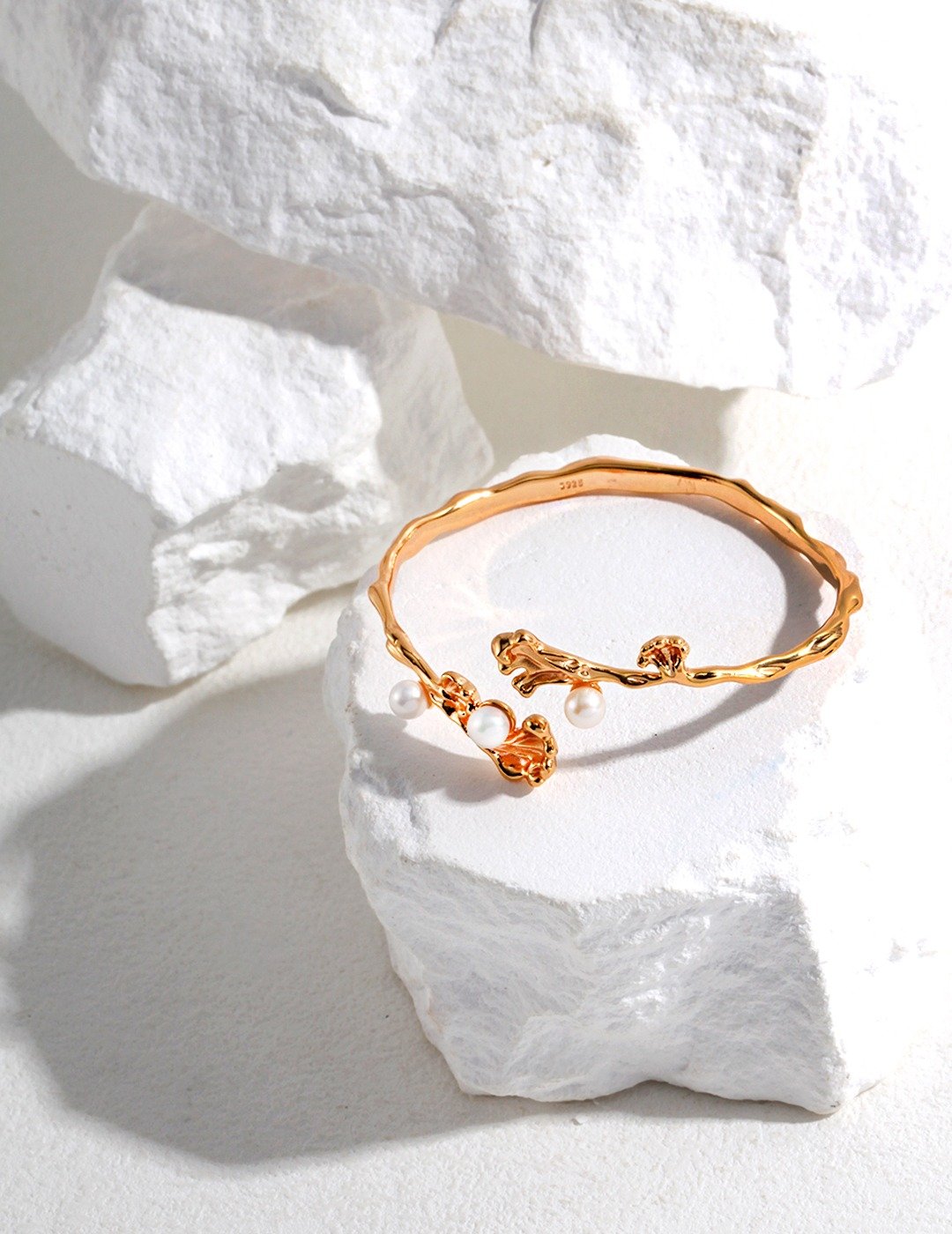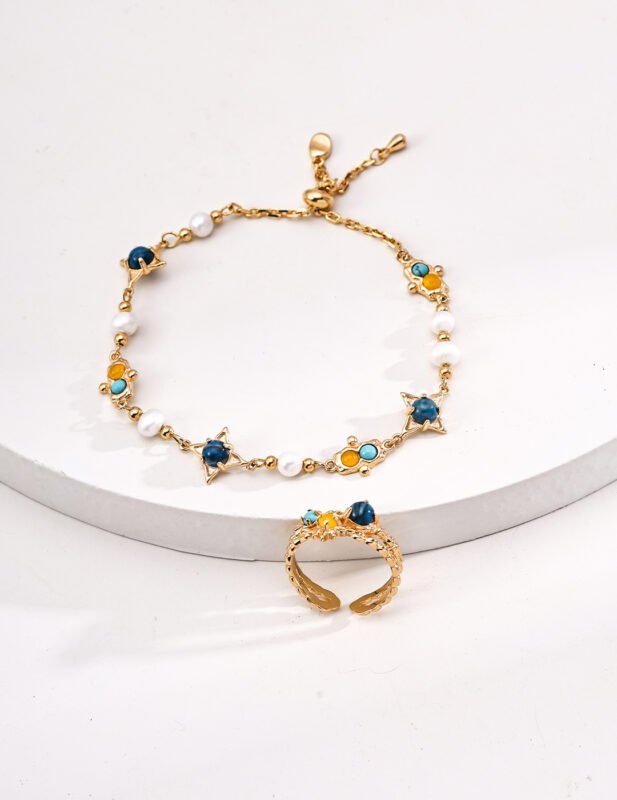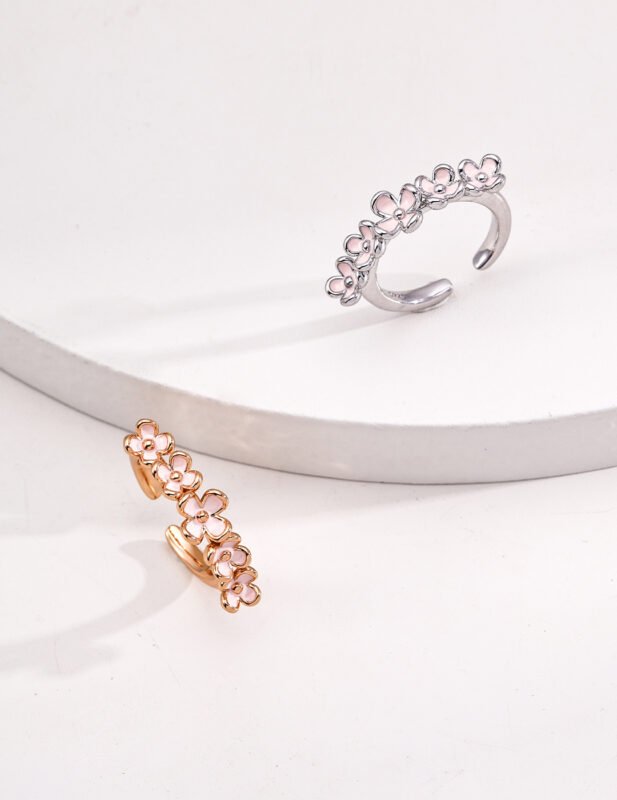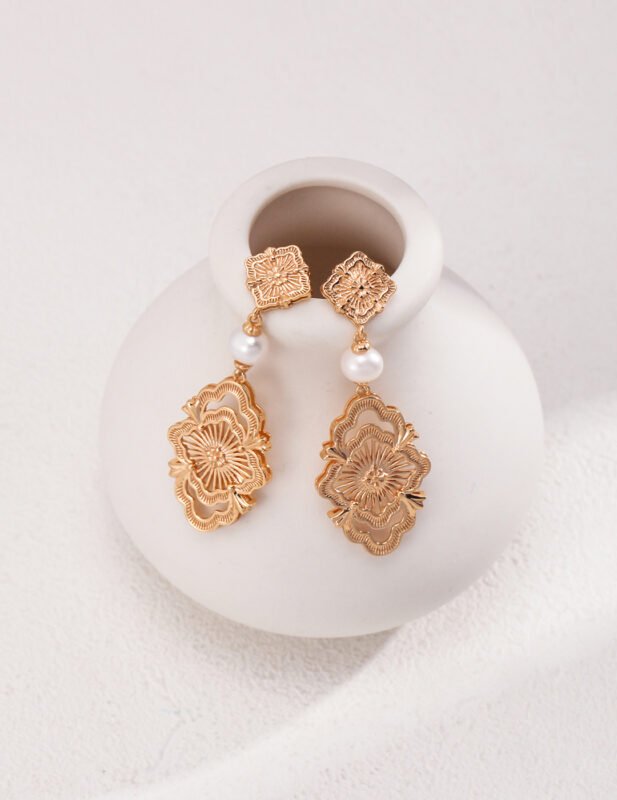世界の金めっき厚さトップ標準分析 2025年

Global Top Gold Plating Thickness Standards Analysis (2025 Updated)
According to the authoritative definitions by the International Organization for Standardization (ISO 27874:2019) and the Italian Jewelry Association (Federorafi), the current top-tier standards for gold plating must meet the following core parameters:
1. Thickness Grading & Top-Tier Threshold
| Application Scenario | Standard Process (µm) | High-End Process (µm) | Top-Tier Process (µm) | Representative Regions/Brands |
|---|---|---|---|---|
| Daily-Wear Jewelry | 0.3-0.5 | 0.5-1.5 | ≥2.5 | Arezzo (Italy), Chopard (Switzerland) |
| High-Contact Components (e.g., Watch Straps) | 0.5-1.0 | 1.0-2.0 | ≥3.0 | Pforzheim Industrial Zone (Germany) |
| Collectible Art Pieces | 1.0-2.0 | 2.0-3.0 | ≥5.0 | Parisian Ateliers (France), Van Cleef & Arpels |
Top-Tier Definition: In the precious metal jewelry industry, ≥2.5µm of 18K gold plating thickness is recognized as the threshold for top-tier craftsmanship (actual standards in Arezzo workshops range from 2.5–3.5µm).
2. Plating Structure & Technical Enhancements
Top-tier processes prioritize not only thickness but also composite plating technology:
- Base Layer: Nickel plating (0.8–1.2µm) enhances adhesion to the silver substrate.
- Transition Layer: Rhodium plating (0.1–0.3µm) blocks silver migration and prevents oxidation-induced darkening.
- Gold Layer: 18K gold (75% purity) applied via pulse electroplating for molecular-level density.
Comparative Data (Politecnico di Milano, 2024 Report):
- 2.5µm composite plating wear resistance = 3.2× that of standard 1.5µm plating.
- Sweat corrosion resistance extends to 8–10 years (vs. 2–3 years for conventional processes).
3. Testing Methods & Industry Certifications
- Non-Destructive Testing:
- X-ray fluorescence (XRF) spectrometry for rapid thickness measurement (±0.1µm error).
- Federorafi certification requires 3+ random point tests.
- Destructive Testing:
- Metallographic microscopy cross-section analysis (0.01µm precision).
- Salt spray testing (ASTM B117 standard) for 72-hour corrosion resistance validation.
Purchasing Tips:
- Request plating thickness certificates (must specify testing equipment).
- Look for “LBMA-Certified Gold Source” + “Cyanide-Free Plating” labels.
4. Industry Breakthroughs (2024–2025)
- Laser-Enhanced Plating:
- Developed by Italy’s Tecnozappa, uses nanolasers to activate substrate surfaces, enabling 3µm gold layers to match traditional 5µm durability.
- Bio-Based Electrolytes:
- Swiss MKS Group’s plant-derived electrolytes improve thickness stability by 40%.
Conclusion
The “top-tier thickness” in gold plating has evolved from a numerical race to a systemic breakthrough in materials science + precision engineering. A combination of ≥2.5µm thickness and composite structures achieves the ultimate goal: “A decade of wear, brilliance intact.”
(Data sources: ISO 27874:2019, Federorafi 2025 Whitepaper, Politecnico di Milano Precious Metals Lab Report.)








